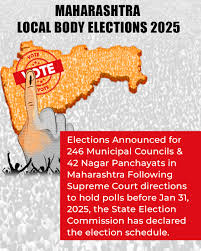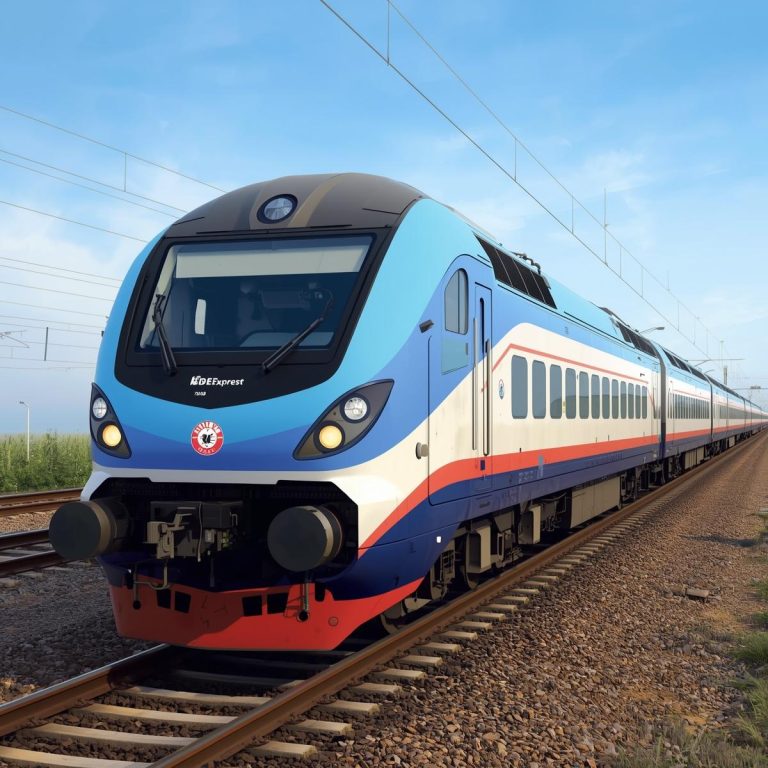
In last 75 years since Independence, North East has had its own share of problems with militancy being one of them. Like always, this time also North East specifically Manipur is in mainstream national media owing to violence. Violence sells as a branding for the northeast in comparison to other stories. Generally there is very less talk about North Eastern states in national media. Infact this time around people are specifically naming Manipur and its capital Imphal and the tribes distinctly or else the identity always have been clubbed under the word of ‘Northeast’ even without realizing each state had its own culture and nature of problems. Being Tribal cannot be the unifying factor or else violence would not have broken in Manipur among tribes.
All the efforts put forward by the Government in the last 9 years to mainstream north eastern states into national identity will be washed off if the violence an insurgency is reignited through such alarming crisis situations
The multiple ethnic tensions that exist in the Northeast of India are exemplified by the violent conflict that has erupted between the Kuki and Meitei communities in Manipur, which has so far resulted in the deaths of over 100 people and the displacement of thousands (approximately 40,000). clashes between fighting ancestral networks apparently over restricted land and regular assets however one that is complemented by the changing demography of the district, both strict and ethnic; a risky disequilibrium that is taken advantage of by our foes from the inside and without to think twice about power of India and debilitate the country.
The Meiteis, Kukis, and Nagas are the three main ethnic groups that make up Manipur, which has a population of 29 lakh according to the census that was taken in 2011. The Meiteis living mostly in cities make up 53% of the population and mostly live in the fertile Imphal Valley, which makes up about 10% of Manipur’s land mass. The remaining 90% of Manipur is populated by the Kukis and Nagas, who make up 40% of the population. The prompt trigger for this ongoing flare-up of threats was the High Court order that embraced the Schedule Tribe status for the Meiteis similar to the Nagas and Kukis. A ST tag would permit Meiteis to settle and purchase land in the uneven locales which they are presently confined from; In contrast, the Kukis can freely acquire land anywhere in Manipur.
This deadly cycle of violence began on May 3 when Kuki and Naga groups held a Tribal Solidarity March to protest the High Court decision. A month later, the violence continues to simmer. In addition, the Kukis feel as though the state government is attempting to specifically target their community by conducting a forest eviction campaign to stop illegal immigrants from taking over forest land and to stop the widespread cultivation of poppy, which is supported by drug cartels and insurgent groups that use drug money to buy arms.
However, there is a much more perilous aspect to this ethnic conflict: rampant conversion, illegal immigration from Myanmar, and armed insurgency. A larger community of Kuki-Chin-Zo people can be found in neighboring states like Nagaland, Mizoram, and Meghalaya, as well as in neighboring nations like Bangladesh and Myanmar (Chin State and Sagaing Region). The Kukis of Manipur are a part of this larger community. Chin refugees have been steadily migrating into Manipur over the 400 km of porous border over the years from Bangladesh and Myanmar.
According to the 2011 evaluation, the absolute Kuki populace in Manipur was around 4.5 lakh. According to recent unofficial estimates, this number is 9 lakh, or 30% of Manipur’s population; an increase that must be attributed to illegal migration and cannot be explained by the birthrate alone. The majority of Meiteis have legitimately raised concerns about this shifting demography, which has the potential to affect the electoral process. This divide is further exacerbated by Manipur’s shifting religious demographics. Christians made up 34% of the population in 1981. Christians now make up 41.29% of the population, equal to the declining Hindu population, according to the 2011 census. The Meiteis are Hindu, while the Kukis are primarily Christian.
This recent rash of murders was committed by armed insurgents from both communities. In the past month, a number of insurgents from Myanmar have entered Manipur. It would be naive to ignore a possible connection between this trouble in the Northeast and China. China has supported insurgent groups in the past and may be to blame for the current violence given the ongoing conflict with India along the LAC. Paresh Barua, the head of the ULFA, continues to seek shelter in China. The AFSPA must remain in place until all insurgents have been defeated. The core of this conflict resolution should be continued dialogue between the various tribes and government laws to eliminate inequality between the groups. Peace in the Northeast is dependent on effective, long-term measures to stop extraneous factors like armed insurgency and illegal immigration from across our borders. The fire has to be doused as soon as possible for better sanity to prevail in NE as well as for rest of India.





[url=https://tenormin.science/]buy 100 mg atenolol brand name[/url]